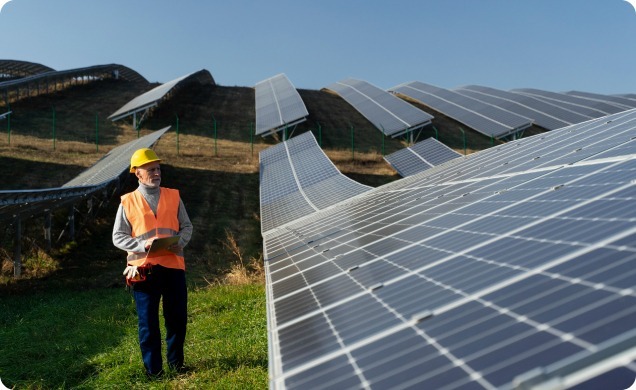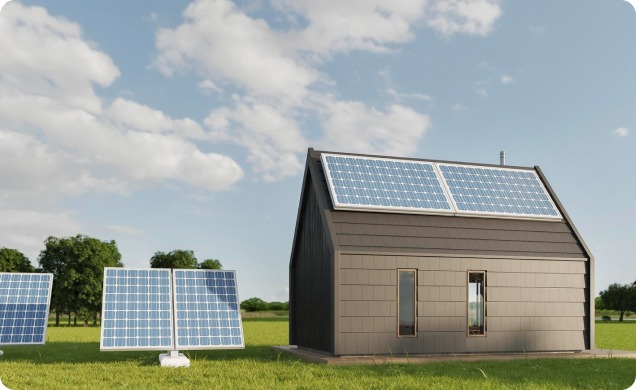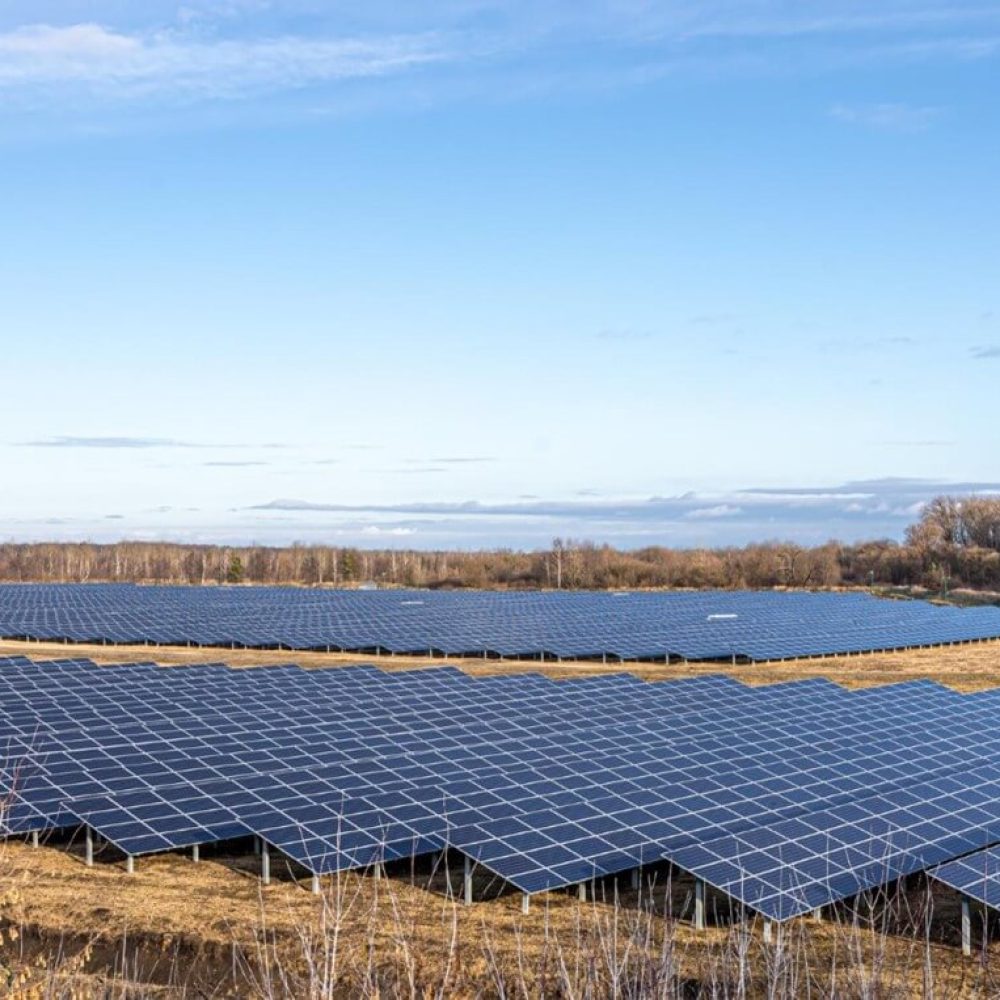
What We Do


Deisgn And Project Develop

Handover & After Sales Care

IRD Investment Boost - Deduct 20% of Solar Investment Upfront
Effective 22 May 2025, enables businesses to immediately deduct 20% of the cost of new assets—including solar systems—from their taxable income. This upfront deduction is on top of the standard annual depreciation, helping businesses reduce tax liabilities, enhance cash flow, and speed up return on investment.

Why Go Solar For Farm
Lower Costs
Offset high energy bills from irrigation, milking sheds, refrigeration, and machinery with free solar power.
Energy Independence
Reduce reliance on the grid and protect your farm from rising electricity prices and power outages.
Tax & Financial Incentives
Take advantage of government schemes like the Investment Boost—deduct 20% upfront plus ongoing depreciation.
Sustainable Farming
Helps reduce your farm’s carbon footprint, positioning you as a environmentally responsible producer

Solar Farm FAQ
To develop a viable solar farm, a minimum of 5 hectares is generally recommended. This allows enough space for the solar panels to be positioned efficiently with the necessary spacing between rows for optimal performance and future expansion. The best sites are flat, open, and receive plenty of direct sunlight throughout the day. Uneven or heavily shaded land can reduce system efficiency and increase installation complexity. In addition to the panels, the land must also accommodate supporting infrastructure like inverters, transformers, and access paths for regular maintenance and servicing. Having a clear, accessible layout helps ensure long-term performance and lower operational costs.
Yes, they can! Smaller animals like sheep, goats, chickens, and pigs are great for grazing around solar panels. They help control weeds and grass naturally, so there’s less need for mowing or chemicals. Cows are a bit different — adult cattle can damage the panels, but younger or smaller ones might be okay if the panels are installed higher off the ground. It’s a win-win: animals get shade and farmers get extra grazing space, while the solar farm stays well-maintained.
A solar farm can provide landowners with a steady income, while also making use of low-productivity or unused land. Many sites can support dual-purpose farming, allowing animals such as sheep, goats, or poultry to graze around the panels. Some shade-tolerant crops may also benefit from the partial cover, growing with less water and enjoying longer seasons. Additionally, in some regions, land used for renewable energy projects may qualify for tax incentives, making it a practical way to generate reliable revenue while keeping the land productive.
In fact, the partial shading can be beneficial for many plants — it helps keep the soil cooler during hot days, reduces water evaporation, and maintains warmth at night. Farmers often find that shade-tolerant crops thrive under these conditions, with some even experiencing longer growing seasons and lower water requirements.


